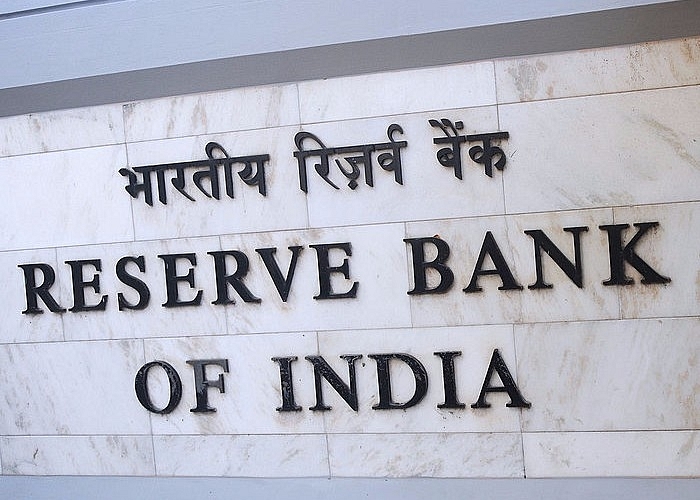Economy
Banks’ Biggest NPA Is 4 Per Cent CRR: RBI Can Kill Three Birds With One Stone By Cutting It
- It is time for the RBI to reduce the single biggest NPA in banks’ portfolio. It should cut CRR drastically.
- If the RBI does not do it now, it will miss the bus.

The Reserve Bank of India. (PUNIT PARANJPE/AFP/Getty Images)
When the Monetary Policy Committee (MPC) decides on its policy stance by Wednesday (5 December) after a three-day pow-pow, it is widely expected to stay neutral on rates. But it should, for once, avoid sitting on the fence and land a blow in favour of growth. It should discuss a cut in the cash reserve ratio (CRR) when it has the Reserve Bank of India (India) Governor’s ear.
While cutting rates may not be on, it is possible for the RBI to soften rates indirectly by cutting the CRR, which is essentially cash maintained by the banking system with the RBI with no interest earnings whatsoever. Since 4 per cent is the current CRR level mandated, on a current deposit base of Rs 118 lakh crore, the RBI will be sitting on nearly Rs 4.75 lakh crore of free cash.
Even assuming that there must always be a minimum level of cash left with the RBI as part of monetary control, this is way too much. Put another way, banks are currently holding Rs 4.75 lakh crore in non-performing assets (NPAs) which earn nothing, but with one saving grace – the principal is safe with the central bank.
But there is little doubt that in the current tight liquidity conditions – which will worsen as GST dues and advance tax payments are made later this month – there will be little left to feed growth. At last count, as on 9 November, commercial bank deposits were growing at 9.1 per cent while credit was rising rapidly at 14.9 per cent. This gap is a contributory factor in the liquidity squeeze.
Given the pressure on bank bottomlines, and the liquidity issues in the non-bank financial sector, the RBI can kill three birds with one stone if it were to cut the CRR drastically. It would ease rates, improve liquidity and help hike banks treasury profits (on their bond portfolios). As the final guardian of the solvency of the banking system, isn’t this what the RBI should be doing?
A 1 per cent cut in CRR in two or four phases over the next few months would free nearly Rs 1.2 lakh crore for banks to lend, easing interest rates without the MPC actually cutting them. As we move into election season, and with the commercial busy season expected to last till March 2019, a CRR cut will be welcomed by most people outside the rating agencies. The chances of stoking inflation are low, as food prices are already below minimum support price levels in many areas, and fuel prices are weakening.
If the RBI does not do it now, it will miss the bus. Throughout 2017 and even now, it has misread inflation repeatedly, and it is quite likely to be wrong in its inflation worries even now.
Time for the RBI to reduce the single biggest NPA in banks’ portfolio. It should cut CRR drastically, as this columnist in The Economic Times forcefully argues.
A bonus for Governor Urjit Patel: he will be back in favour with North Block after all the bad blood he spilled over returning the central bank’s “excess capital” to its owner, the government, and not letting public sector banks exit the intensive care unit.
Introducing ElectionsHQ + 50 Ground Reports Project
The 2024 elections might seem easy to guess, but there are some important questions that shouldn't be missed.
Do freebies still sway voters? Do people prioritise infrastructure when voting? How will Punjab vote?
The answers to these questions provide great insights into where we, as a country, are headed in the years to come.
Swarajya is starting a project with an aim to do 50 solid ground stories and a smart commentary service on WhatsApp, a one-of-a-kind. We'd love your support during this election season.
Click below to contribute.
Latest